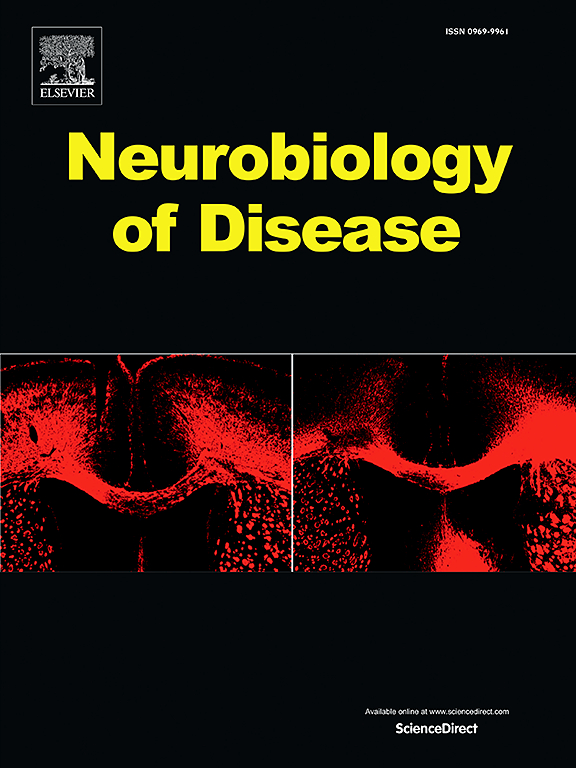Functional dynamic network connectivity differentiates biological patterns in the Alzheimer's disease continuum
IF 5.1
2区 医学
Q1 NEUROSCIENCES
引用次数: 0
Abstract
Alzheimer's disease (AD) can be conceptualized as a network-based syndrome. Network alterations are linked to the molecular hallmarks of AD, involving amyloid-beta and tau accumulation, and consecutively neurodegeneration. By combining molecular and resting-state functional magnetic resonance imaging, we assessed whether different biological patterns of AD identified through a data-driven approach matched specific abnormalities in brain dynamic connectivity. We identified three main patient clusters. The first group displayed mild pathological alterations. The second cluster exhibited typical behavioral impairment alongside AD pathology. The third cluster demonstrated similar behavioral impairment but with a divergent tau (low) and neurodegeneration (high) profile. Univariate and multivariate analyses revealed two connectivity patterns encompassing the default mode network and the occipito-temporal cortex, linked respectively with typical and atypical patterns. These results support the key association between macro-scale and molecular alterations. Dynamic connectivity markers can assist in identifying patients with AD-like clinical profiles but with different underlying pathologies.

求助全文
约1分钟内获得全文
求助全文
来源期刊

Neurobiology of Disease
医学-神经科学
CiteScore
11.20
自引率
3.30%
发文量
270
审稿时长
76 days
期刊介绍:
Neurobiology of Disease is a major international journal at the interface between basic and clinical neuroscience. The journal provides a forum for the publication of top quality research papers on: molecular and cellular definitions of disease mechanisms, the neural systems and underpinning behavioral disorders, the genetics of inherited neurological and psychiatric diseases, nervous system aging, and findings relevant to the development of new therapies.
 求助内容:
求助内容: 应助结果提醒方式:
应助结果提醒方式:


